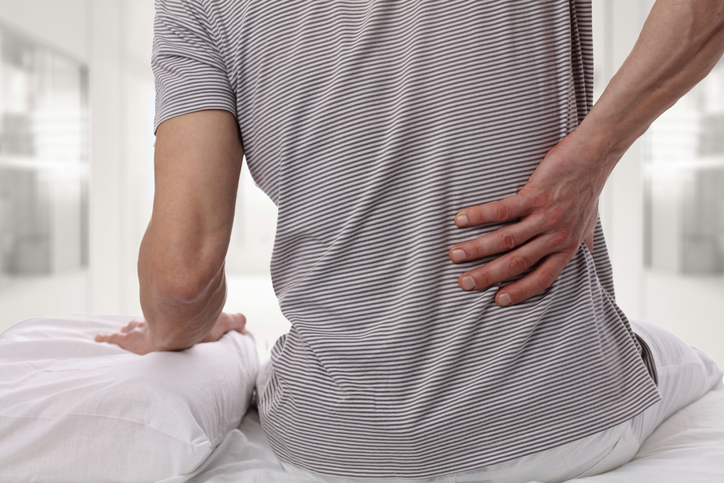- Matteson EL, Woywodt A (November 2006). "Eponymophilia in rheumatology". Rheumatology. 45 (11): 1328–30.
- "Questions and Answers about Ankylosing Spondylitis". NIAMS. June 2016. Archived from the original on 28 September 2016. Retrieved 28 September 2016.
- "Ankylosing spondylitis". mayoclinic.org. Mayo Clinic. Retrieved 5 June 2022.
- Khan MA (2009). Ankylosing Spondylitis. Oxford University Press. p. 15. ISBN 9780195368079. Archived from the original on 8 September 2017.
- "Ankylosing spondylitis". GARD. 9 February 2015. Archived from the original on 2 October 2016. Retrieved 28 September 2016.
- Sheehan NJ (January 2004). "The ramifications of HLA-B27". Journal of the Royal Society of Medicine. 97 (1): 10–4.
- Smith JA (January 2015). "Update on ankylosing spondylitis: current concepts in pathogenesis". Current Allergy and Asthma Reports. 15 (1): 489.
- Deodhar A, Reveille JD, van den Bosch F, Braun J, Burgos-Vargas R, Caplan L, et al. (October 2014). "The concept of axial spondyloarthritis: joint statement of the spondyloarthritis research and treatment network and the Assessment of SpondyloArthritis international Society in response to the US Food and Drug Administration's comments and concerns". Arthritis & Rheumatology. 66 (10): 2649–56.
- "Facts and Figures". National Axial Spondyloarthritis Society. Retrieved 27 January 2021.
- Boos N, Aebi M (2008). Spinal Disorders: Fundamentals of Diagnosis and Treatment. Springer Science & Business Media. p. 25.
Bechterev disease: What are the causes or symptoms leading to the disability?

Photo source: Getty images
Most common symptoms
- Muscle Pain
- Malaise
- Feeling of heavy legs
- Chest pain
- Abdominal Pain
- Joint Pain
- Limb pain
- Leg Pain
- Eye Pain
- Painful Breathing
- Pain that Radiates into the Shoulder
- Groin Pain
- Back Pain
- Sensitivity to light
- Fever
- Cramps in the abdomen
- Deformed nails
- The Hump
- Bone Pain
- Muscle stiffness
- Sweating
- Bloating - flatulence
- Indigestion
- Nausea
- Swollen fingers
- Bone thinning
- Cutting the eye
- Muscle weakness
- Itchy eye
- Pressure on the chest
- Head spinning
- Fatigue
- Redness of the conjunctivae
- Increased body temperature
Show more symptoms ᐯ
Treatment of Bechterev's disease: medication and exercise and rehabilitation
Show moreis treated by
Other names
spondylitis ankylosans, Bechterev














